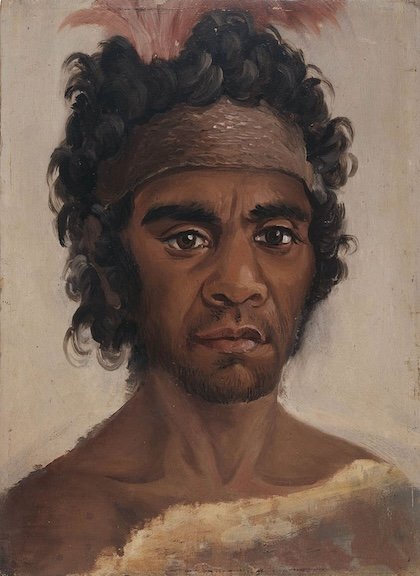Many call Indira Gandhi one of India’s most controversial prime ministers, however a quick read leaves me with the impression that all of India’s prime ministers have been controversial.
India has recently surpassed China as the world’s most populous country. Like many nations, India’s borders were largely imposed by colonial outsiders, in their case, the British. Within these borders there are diverse cultures and communities, many that have long been marginalized by successive ruling powers.
Upon gaining independence from Britain, a fierce conflict unfolded between Hindu and Muslim elites that resulted in the event known as Partition. This process created the 2 modern nations, The Islamic Republic of Pakistan, and the Republic of India.
A historic migration and refugee crisis resulted as Muslims surged into Pakistan and non-Muslims fled it. Neither country was prepared to deal with the volume of movement, which only exacerbated chaos and conflict. It is believed that at least 1 million people died in the violence that attended these mass migrations.
Indira Gandhi was the daughter of India’s first prime minister, Jawaharlal Nehru. She worked as an assistant to her father for many years. She eventually won a seat in the Indian Parliament in 1964 at the age of 47. She was appointed Minister of Information and Broadcasting by then Prime Minister Lal Bahadur Shasti. Shasti died in office shortly after signing the Tashkent Declaration, a treaty that officially ended the Indo-Pakistan War.
On January 19, 1966 India’s Congress Party elected Indira Gandhi to succeed him as Prime Minister. She served 3 consecutive terms through 1977 and a 4th term from 1980-84.
During the Cold War, newly independent nations like India faced immense pressure to side with the capitalist US/Western European sphere or the Soviet Russian dominated communist sphere. Indira Gandhi kept India part of the global Non-Aligned Movement, a coalition of “developing” countries that sought political space between the 2 major power blocs, both of which continued to oppress colonized and decolonized countries throughout the so-called 3rd World.
Indira Gandhi was assassinated in 1984 by 2 of her Sikh bodyguards in retaliation for her government’s military operation against Sikh militants in Amritsar, a major Sikh city.
India’s history is incredibly complicated and fascinating. I have been familiar with Indira Gandhi’s name for many years, but am embarrassed to report that prior to researching this post, I believed she was related to Mahatma Gandhi. Wrong again 🫥
Sources:
19 January 1966- History Channel UK
Indira Gandhi Timeline- Indiragandhi.in
Indira Gandhi- Iowa State University



